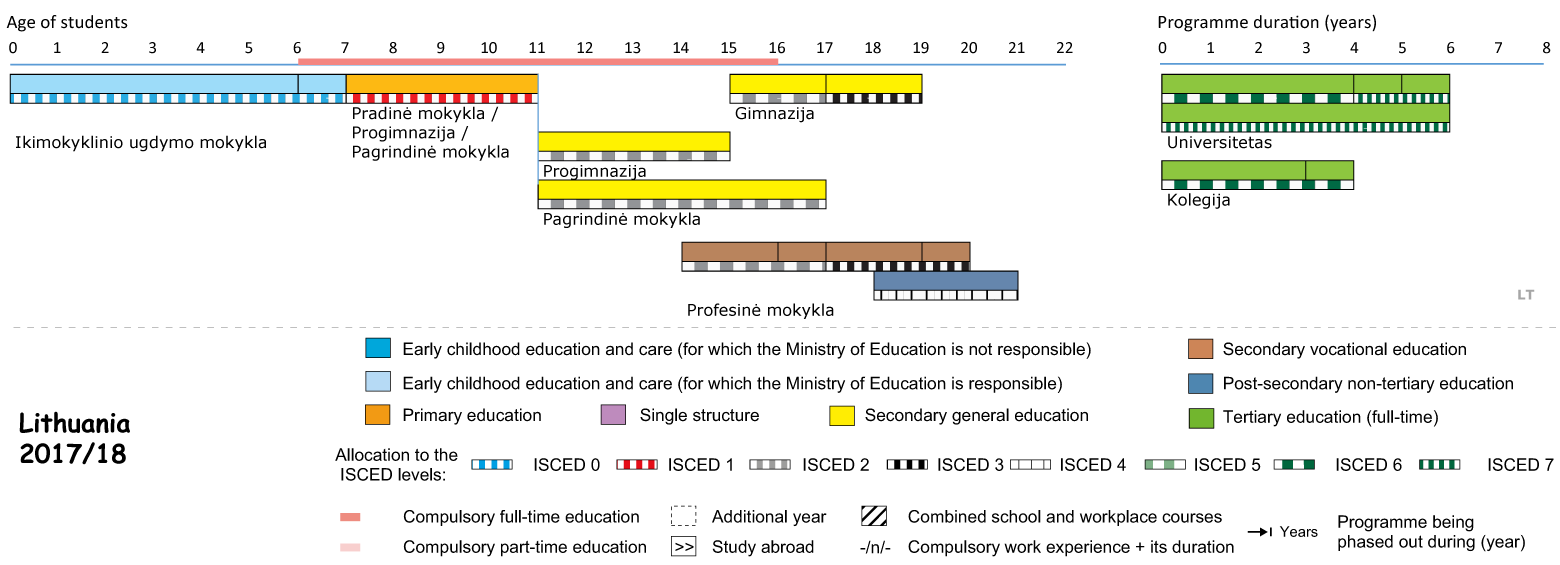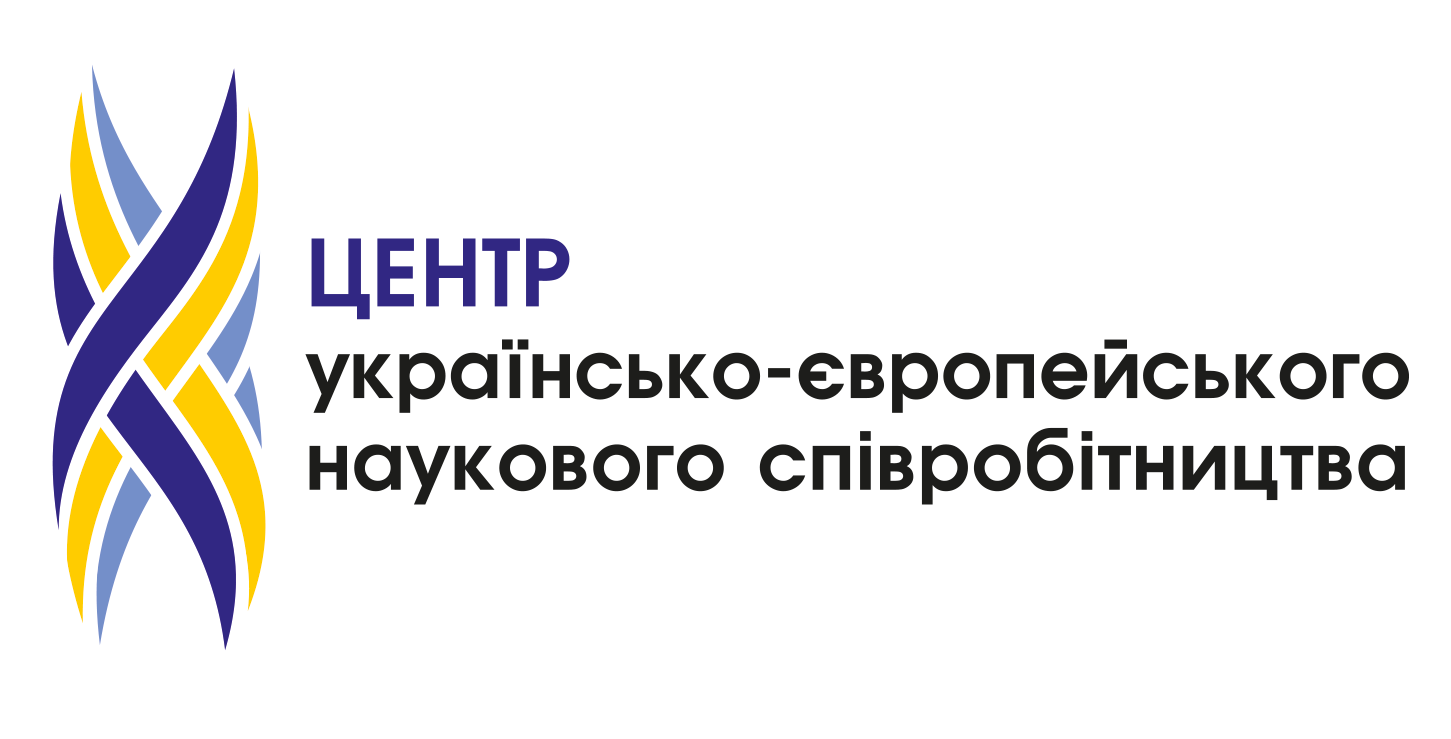 Key features of the Lithuanian education system
Key features of the Lithuanian education system
- Education is a priority of the state and it is publicly funded at all levels.
- Education is free for the learner at all stages, with one exception – higher education at which around half of the students enrolled need to finance their own studies.
- At most stages of education, the funding is based on „money follows the learner “principle allowing learners to choose between different public education providers.
- The education system is reasonably decentralised, national institutions, municipalities and education institutions share the responsibility for quality of education provided. The core curriculum is set at a national level but leaves room for local variation.
- The network of education institutions is large are both school and higher education levels in comparison with other states, considering the population of the country.
- The private sector of education providers is recognized and regulated by the government, in most levels of educations the learner that chooses a private institution bring in state funding in form of „vouchers “to the institution but the difference between the size of the voucher and the cost set by the private institution must be covered by the learner.
- Education institution inspections are organised at all levels of education and are organised by governmental institutions with the purpose of assuring quality.
- Pre-primary, primary and basic education is compulsory. Children usually attend the compulsory education stages from age 6 to 16.
- Learners are granted some freedom to choose study subjects at two final years of the basic education and it is expanded greatly at the levels of upper education and tertiary education.
Stages of the education system
The system of education in Lithuania includes the following stages:
- Early childhood education and care. In Lithuania, early childhood education and care is composed of pre-school (ikimokyklinis ugdymas) and pre-primary (priešmokyklinis ugdymas) education and is attributed to the type of non-formal education. Early childhood education and care is provided for children. Pre-school education institutions fall under the authority of local governments. Attendance is compulsory for pre-primary education and optional for pre-school education.
- Primary and basic education. Children start compulsory education at the calendar year when they turn 7 years of age and start attend primary schools. Primary education is 4 years long and provides the learner with the fundamentals of learning, literature, social and cultural skills. It is delivered by primary schools (pradinė mokykla). Basic education is 6 years long and is also compulsory by law, it is delivered by pro-gymnasiums (progimnazija), basic education schools (pagrindinė mokykla), secondary schools (vidurinė mokykla), gymnasiums (gimnazija) and vocational schools (profesinė mokykla). Education is compulsory until 16 years of age at which the learner has usually finished the basic education course.
- Upper-secondary and post-secondary level. The two-year secondary curriculum is implemented by gymnasiums, secondary, vocational and other (e.g. The International Baccalaureate) schools for persons aged from 17 years to 19 years.
- Higher education. Higher education comprises two types of institutions: universities (universitetas) and colleges (kolegija). The upper-secondary leaving certificate is required by all higher education establishments. Person might enter higher education after upper-secondary general education, upper-secondary vocational education or post-secondary vocational education. The degree structure follows the three-cycle structure: bachelor’s, master’s and doctoral level studies. First cycle studies (Bachelor) usually last 4 academic years, second cycle studies (Master) – 2 years and third cycle studies (Doctoral) – 4 years.
For further information, please consult the introduction articles of Organisation and Governance and of each educational level: Early Childhood Education, Primary Education, Secondary and Post-Secondary Non Tertiary Education,Higher Education and Adult Education and Training.
Structure of the national education system

Resource: https://eacea.ec.europa.eu/national-policies/eurydice/content/lithuania_en









